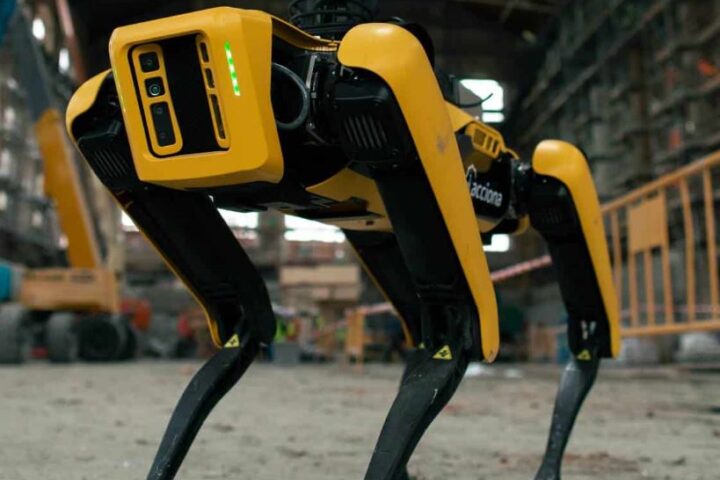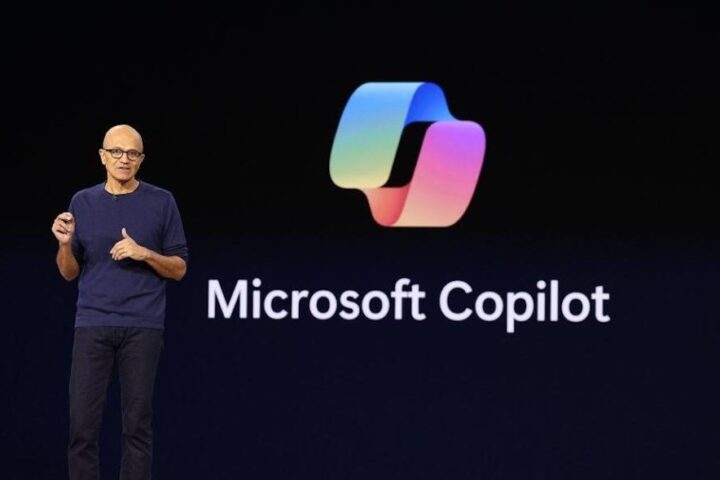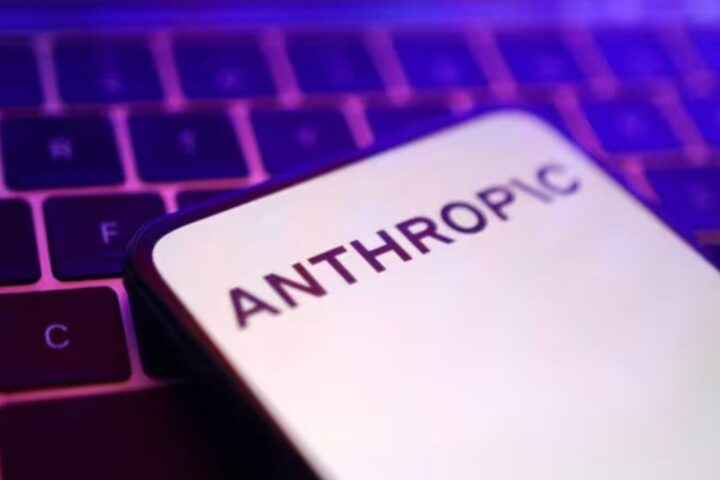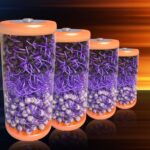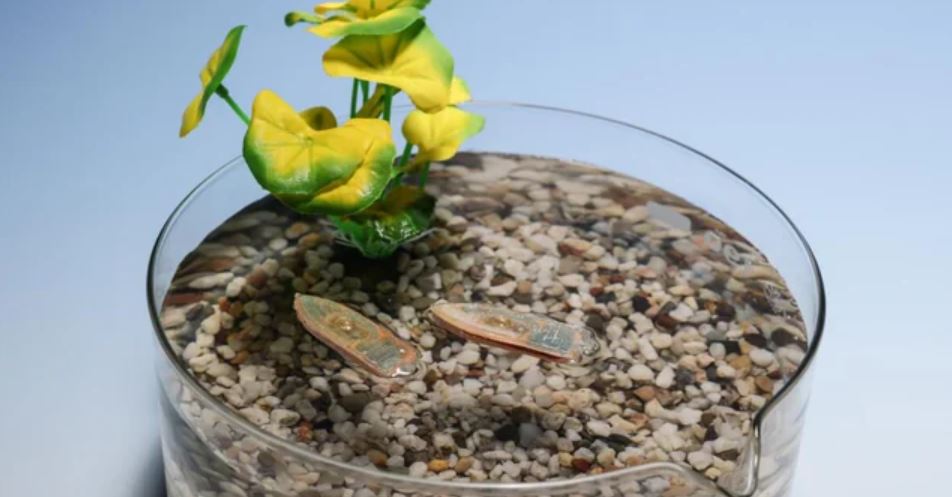 Researchers in Switzerland have unveiled a smart solution to two common challenges. They’ve developed tiny, edible robots that not only monitor water quality but can also serve as nutritious fish feed once their job is done. This innovation makes you rethink traditional disposable tech by combining sustainability with practical use.
Researchers in Switzerland have unveiled a smart solution to two common challenges. They’ve developed tiny, edible robots that not only monitor water quality but can also serve as nutritious fish feed once their job is done. This innovation makes you rethink traditional disposable tech by combining sustainability with practical use.
At EPFL, Professor Dario Floreano and PhD student Shuhang Zhang, together with their team, have engineered these devices to measure just 5 centimetres in length and weigh only 1.43 grams. Don’t be fooled by their size – these robots can cruise through water at speeds up to three times their body length per second, all thanks to an ingenious design that harnesses the Marangoni effect.
Constructed from fish feed pellets, each robot is shaped and then freeze-dried, incorporating a safe blend of citric acid and baking soda within a tiny chamber. This chamber is secured with a gel plug and topped with a non-toxic propylene glycol reservoir. When the robot touches water, the plug absorbs moisture, sparking a reaction that releases carbon dioxide and gently propels the device forward.
With built-in sensors to monitor water temperature, pH levels, and pollutants, the robots can either transmit the data wirelessly or store it for analysis later. And when their task is complete, they absorb water, soften, and sink, seamlessly integrating into the aquatic food chain. In fish farms, these robots might even double as distributors of medicated feed.
While the biodegradable robot body is a big step forward, creating fully edible sensors remains a challenge. Professor Floreano points out that developing edible materials with targeted nutritional profiles could transform both human and animal health, opening an exciting path for future research.



